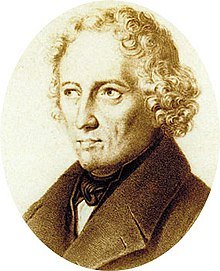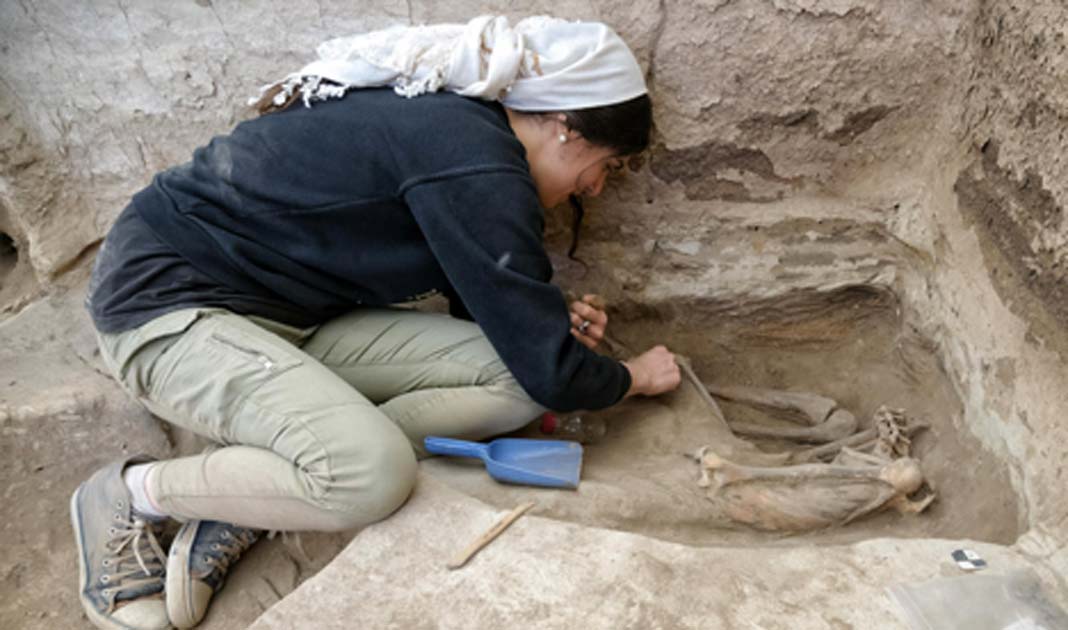via Boing Boing by Clive Thompson
Recently a team of marine scientists were piloting a submersible when they had a super-rare encounter with a Deepstaria jellyfish. It starts off looking like a ghost and then turns inside out and spreads out into a crazy translucent film.
Continue reading
==============================
via Interesting Literature
Words, of course, are the tools of the writer’s trade. But what are some good words, perhaps even some unusual but wonderfully descriptive words, which mean ‘stupid’ or ‘foolish’ or ‘gullible’? Here are some of the best, most useful, as well as some of the most unusual synonyms for ‘stupid’ and ‘stupidity’ (and for foolish people).
Continue reading
Some wonderful words there that I have not seen before.
==============================
via 3 Quarks Daily by S Abbas Raza: Justin E. H. Smith at his own website:

Mainstream philosophy and science at least since Aristotle have held to the view that each living body, under normal circumstances, should be inhabited by no more than one soul. If you don’t care for talk of souls, exchange that word for “individual”, and the point still stands: sharing bodily space is abnormal, a sign of pathology, to be corrected by flushing the worms out of your entrails, or by mulesing your sheep against flystrike.
Continue reading
==============================
via Ancient Origins by Ashley Cowie

The Step Pyramid of King Djoser, does it include a path to the afterlife? Source: WitR / Adobe Stock.
Ancient Egyptians are well known for their creation of vast architectural structures which penetrate the skies and each one required a thorough understanding of the universal dynamics of breadth, width, and height. But now, a scientist suggests that a huge trench dug around the nation’s oldest step pyramid means the architects were also 3D modeling the afterlife.
Twentieth century archaeologists discovered tunnels and stone tombs of dignitaries of the 6th dynasty, several hundred years younger than the building of the Pyramid of Djoser which was erected between 2667 and 2648 BC during the rule of the third dynasty pharaoh ‘Djoser’.
Continue reading
==============================
via Boing Boing by Clive Thompson

Check out this lovely interactive version of an Enigma machine coded up by Tom MacWright!
Leave yourself time, lots of it. This is mesmerising.
==============================
via Interesting Literature
The role of Hamlet is one of the most intellectually and emotionally demanding for an actor: as Ann Thompson and Neil Taylor mention in their detailed introduction to Hamlet: Revised Edition (The Arden Shakespeare Third Series), the Oscar-winning actor Daniel Day-Lewis even withdrew from the role in 1989, mid-run, after he allegedly began ‘seeing’ the ghost of his father, the former Poet Laureate Cecil Day-Lewis, who had died in 1972. But despite – or, perhaps, because of – this emotional intensity and complexity, actors down the ages have been keen to put their own stamp on the role, including David Garrick (who had a special wig that made Hamlet’s hair stand on end when the ghost of his father appeared), Laurence Olivier, John Gielgud, Mel Gibson, Sarah Bernhardt (one of many women to portray the Prince of Denmark: see the image below), Ethan Hawke, Keanu Reeves, Kenneth Branagh, Maxine Peake, and even John Wilkes Booth, the man who assassinated Abraham Lincoln.

Continue reading
NOTE: This is a fairly long read but I thinks it's worth it if “Hamlet” has always confused you (as it has me).
==============================
via 3 Quarks Daily by Gabrielle C. Durham

Jacob Grimm
If you grew up in the Western Hemisphere, chances are good that you heard or read several fairytales by the Brothers Grimm as a child. Examples include “Cinderella,” “Rapunzel,” “Little Red Riding Hood,” “Hansel and Gretel,” and “The Emperor’s New Clothes.” Less well known, and for good reason, are stories of retribution, such as “St. Joseph in the Forest” or “King Thrushbeard,” or gratuitous violence, such as “The Louse and the Flea.”
These German purveyors of macabre moralism were not just busy horrifying children and their parents for countless generations; one of the brothers, Jacob Grimm (1785–1863), was also a linguist, or philologist, as the profession was known in the 19th century. Grimm’s concern was how the branches of the Indo-European languages tree led to the altered Germanic languages. (The original nine Indo-European language families are Indo-European, Armenian, Hellenic, Albanian, Italic/Romance, Balto-Slavic, Celtic, and Germanic, which includes English.)
Continue reading NOTE: this piece is not primarily about fairy stories.
==============================
via Ancient Origins

A researcher excavating an adult skeleton at the Neolithic site of Catalhoyuk in Turkey.
Source: Scott Haddow / Ohio State University
Some 9,000 years ago, residents of one of the world's first large farming communities were also among the first humans to experience some of the perils of modern urban living.
Scientists studying the ancient ruins of Çatalhöyük, in modern Turkey, found that its inhabitants - 3,500 to 8,000 people at its peak - experienced overcrowding, infectious diseases, violence and environmental problems.
Birthplace of Urban Living
In a paper published June 17, 2019 in the Proceedings of the National Academy of Sciences, an international team of bioarchaeologists report new findings built on 25 years of study of human remains unearthed at Çatalhöyük.
The results paint a picture of what it was like for humans to move from a nomadic hunting and gathering lifestyle to a more sedentary life built around agriculture , said Clark Spencer Larsen, lead author of the study, and professor of anthropology at The Ohio State University.
The article, originally titled ‘9,000 years ago, a community with modern urban problems: Çatalhöyük had overcrowding, violence, environmental troubles’ was originally published on Science Daily.
Continue reading
==============================
via Boing Boing by Rusty Blazenhoff

During a recent stopover in Portland, Oregon, it was delightful to once again hang out with the "Duchess of Felt," artist LeBrie Rich.
Continue reading
==============================
via Interesting Literature
In this week’s Dispatches from The Secret Library, Dr Oliver Tearle reads a rare but revealing extended interview with one of fantasy fiction’s greatest writers
When John Steinbeck was once asked how he went about writing, he replied, ‘With a pencil.’ Some writers are reluctant to give away too much about their inspiration, their influences, their thinking and writing and editing processes, as if wanting to perpetuate the Romantic fallacy that genius and inspiration just strike and that the lucky, ‘gifted’ individual is driven to pick up a pen and write down what the Muse dictates.
Despite his prodigious gifts and his long-standing success as a novelist, Michael Moorcock is only too happy to share the secrets of his craft. In a 1992 book, Death Is No Obstacle, which is essentially a long transcript of interviews the writer Colin Greenland had with Moorcock in 1990, Moorcock happily reveals some of the ‘tricks of the trade’ of writing genre fiction, as well as thoughtfully exploring his own relationship with various genres of popular fiction. The book isn’t easy to get hold of – copies tend to go for around £50 online. I’m indebted to my university library, which owns a signed copy.
Continue reading
No comments:
Post a Comment